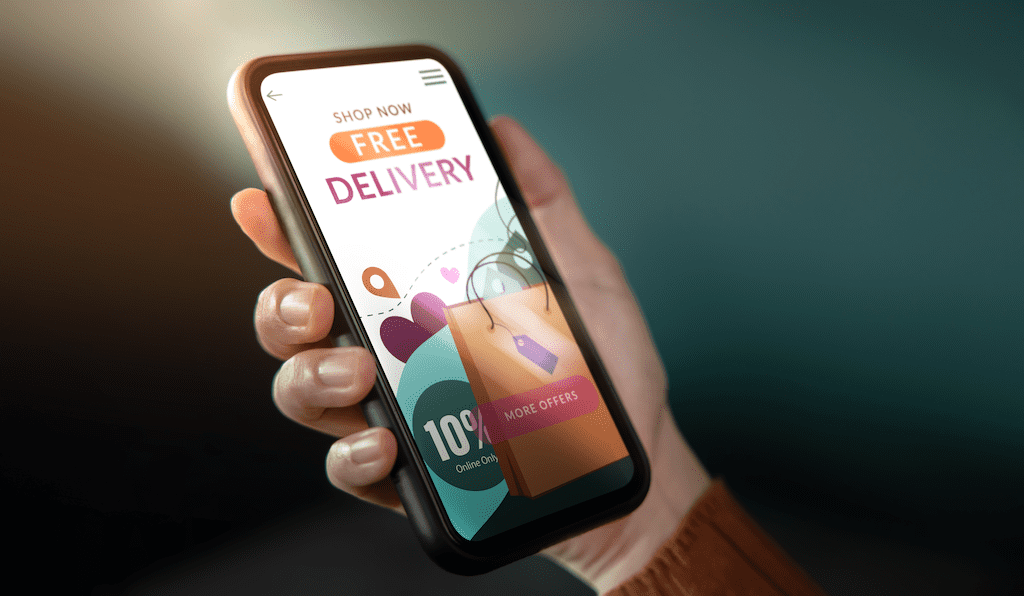Real-Time Communication: How Does it Help Businesses to Grow?
-
June 18, 2022
-
5 min read

Real-Time communication is the technological phenomenon that allows us to send and receive texts instantly and see if they have been read. This technology enables us to communicate with people living in different countries as if they are in the same room. This technology is used in all the new ways of communicating, such as Face Time, Google Duo. Here, real-time essentially stands for ‘live’ or communication without any time delay. People have used Real-time communication or RTC for the past many years for different devices such as walkie-talkies, two-way radios, telephone networks, etc. RTC has found its way into a lot more devices that we are aware of, and the future of RTC is ever-expanding.
Must Read: SMS Marketing – Helping Businesses to Enhance their Customer Experience
What is Real-time Communication or RTC?
RTC is communication that happens without any latency. This is possible by sending data directly from one phone to the other without any third party involved en route.
The most obvious example of real time communication is a telephonic conversation, whether it is smartphones or landline phones. However, RTC today is a lot more advanced than just phone calls; it includes video calls and live holograms. This type of communication is in stark contrast to communicating via email, wherein the data sent by the sender goes to a third party and is then sent to the receiver. In other words, there are significant delays while sending an email. RTC is not devoid of ‘any’ delay; however, there is just a delay of a few seconds to milliseconds and no noticeable delays.
There are two ways through which RTC can occur.
- The first method is half-duplex. In this method, people can only send messages or receive messages at any given time; however, both cannot be done simultaneously. A walkie-talkie or a two-way radio is an example of this method.
- The second method is full-duplex. In this method, you can receive and send messages simultaneously. This method is used by instant messaging apps, phones, etc.
Real-time Communication Examples
In the current day and age, almost all of our popular ways of communicating online use RTC. Talking on our smartphones; video chats on the internet; online classes, which were taking place all over the world during the pandemic – These are all forms of RTC. Even conversations on the various online messaging apps such as WhatsApp, Instagram direct messaging, Facebook Messenger, etc., are all real-time messaging apps that come under RTC.
RTC does not just include talking and communicating; it also includes the files that we can send directly from one person to another, such as the attachments you send on WhatsApp. It also includes screen-sharing, such as on MS Teams or Zoom, or streaming live videos such as Instagram Live, Facebook Live, etc.
The importance of real-time communication
- In the world today, being able to contact, inform, or respond from anywhere in the world and within seconds is vital. During the pandemic, especially, the necessity to be able to connect remotely and in real-time has become even more relevant.
- RTC has led to the emergence of working from home from anywhere in the world. This saves travel expenses, resources required to set up a physical office, etc. In a world where our carbon footprint is at an all-time high, working remotely is great for the environment as well.
- RTC has given rise to many new types of companies being opened, such as cloud kitchens that function purely based on RTC.
- RTC has improved the lives of people in innumerable ways. In times of crisis, people can call police or ambulance services immediately in a matter of seconds and send them their location. RTC also helps people coordinate resources as soon as possible.
How does real-time communication help businesses?
There are many ways in which RTC can help businesses.
- RTC can help employees communicate with the team and organization seamlessly, no matter where they are. This increases the productivity of the department and, in turn, the organization.
- RTC helps save time. Needless time gets wasted trying to communicate with colleagues, clients, stakeholders, coordinate meetings, schedule events, etc. RTC helps address those issues, as coordination and communication can occur in real-time.
- RTC has led to many businesses having customer service departments to handle customer queries and troubleshooting. This has created several jobs in customer care and customer service. It has also led to increased productivity for the business, as having a 24×7 customer service desk increases customer satisfaction. This, in turn, increases the chances of retaining customers and creating a pool of loyal customers.
- Through RTC, many services can be availed remotely, like online shopping, scheduling appointments, booking cabs, booking flight/train tickets, updating and installing software on your laptops and computers, etc.
What is the future of real-time communication?
The world of RTC is constantly growing and expanding. RTC has made life so much easier. Today, instead of waiting for hours to flag down a cab, you can simply book one through apps like Uber and Ola, and live tracking has also become a lot easier. Every new invention in the RTC world makes sharing and communicating faster and better.
5G, VoLTE, WebRTC are all new inventions in the RTC field. WebRTC is the technology that allows for live video sharing and video calls. VoLTE and 5G are technological inventions that make mobile conversations and data sharing even faster than before. Many telephone network companies in India, such as Airtel, provide these facilities.
RTC allows us to attend online classes, which is especially important during this pandemic era. Using RTC, we can even attend online concerts, online stage shows, participate in discussions, write reviews, give feedback, etc.
RTC has led to the emergence of machine learning. When paired with machine learning, different aspects of RTC, such as speech analytics, can be improved, which can help in enhancing facilities such as live captions. Thus, the future for RTC is endless.
 Share
Share









